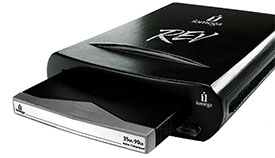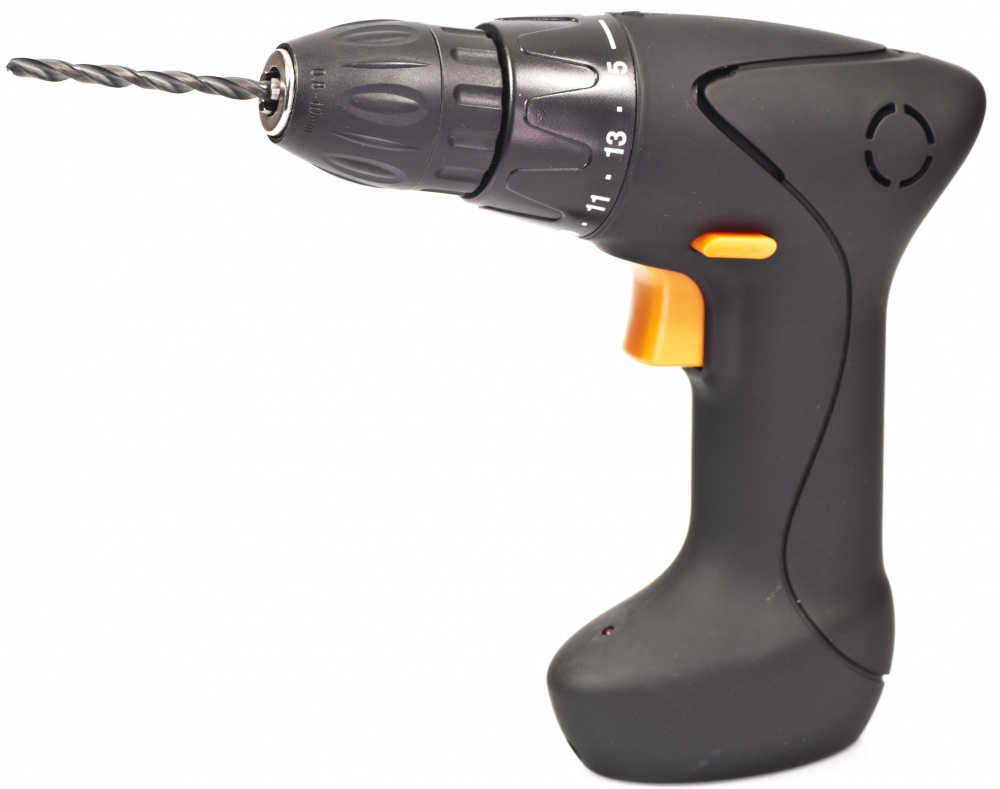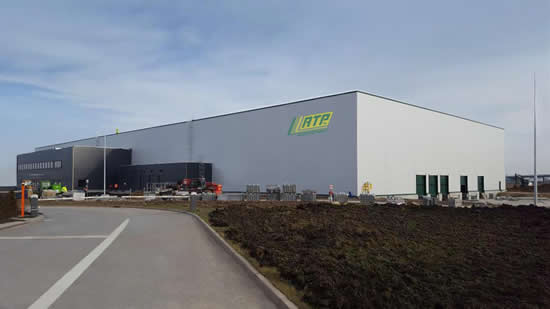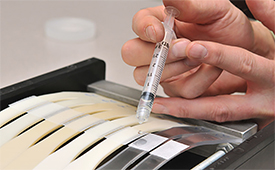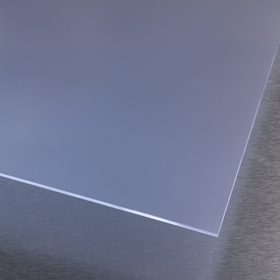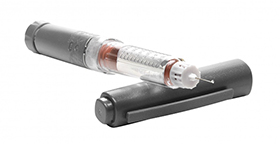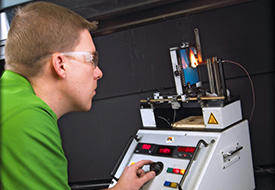
RTP Company compounds offer permanent antistatic properties, which address market needs. Antistatic ABS, acrylic, and cyclic olefin copolymers (COC) provide dimensional stability, excellent optical clarity, and visual feedback for users and care providers that the necessary dosage has been delivered. When less clarity is required, polypropylene (PP) is also being used in thin wall sections.
RTP Company expanded its portfolio of clear and lubricated antistatic materials working in partnership with pharmaceutical and drug packaging companies. Concerned about health issues, the industry has directed their designs away from acetal (POM), which is polymerized from formaldehyde. The presence of formaldehyde poses issues with extractible constituents as well as potential molding and processing concerns. As a result, RTP Company has focused its product offerings on more appropriate resin systems such as ABS, acrylic, PP, COC, and PBT.
Specialty PBT compounds that include both antistatic and wear resistant properties are being used for moving parts such as pivot points, gears, or lancing components within the drug flow channel.
Older inhaler designs used antistatic topical coatings to dispel static charges, but these coatings wore off and failed at low humidity levels. On the other hand, RTP Company’s antistatic compounds permanently retain their ESD properties across all humidity levels and do not wear off.
Small drug particles develop a lot of static electricity, which causes the powders and aerosols to adhere to the walls of the drug delivery path. Antistatic compounds neutralize the static effect, providing a stable environment for each use of the device. Without antistatic plastics, inaccurate dosages could result from either too little medicine (micro-particles attracted to the walls) or too much medicine (medication builds up over time and suddenly releases) being administered.


